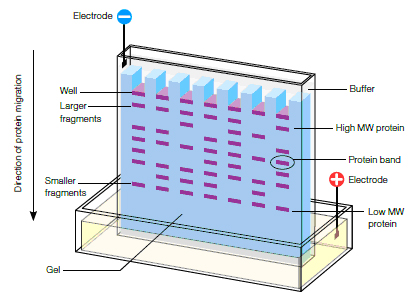I found this week that the 1mg/mL detergent actually had a fairly small effect on the biofilms of s.epidermidis-- a 0.5 log reduction at maximum. This was less than I expected, as we were using a detergent at a much higher dosage than the 0.1 mg/mL tests.
But then I noticed my error bars and a little issue with my agar plates. The error bars in my 0.1 mg/mL detergent tests had error bars that were at almost twice as big as the 1 mg/mL error bars. The bars were small enough for my data to still be considered relevant(when you compare them, even at their peak you still see a reduction) , but it shows that the 0.1 mg/mL detergents may have had less of an effect on your gut biofilms than you would think.
 |
| Yay! More plates! |
But anyway, I'm sure y'all are super bored listening to me go on and on about agar plates. So here's something cool that happened this week. I got to watch two of my lab mates perform gel electrophoresis. Electrophoresis is a procedure that isolates RNA, DNA, and proteins by weight. It can be used to investigate gene sequences, identify organisms, and, in the case of my lab mates, look at a desired protein associated with a bacterium. They took agarose gel, which is kind of like a cross between Jell-O and a kitchen sponge with wells in it, filled each well with their desired mix of proteins, submerged it in a mixture of buffers (to help current flow) and applied an electric current to it. Since the short, light proteins move faster through the gel, they end up further away from where they started than the heavier proteins. The heavier proteins, therefore, which is what my lab mates were looking for, would end up closest to the wells. It's a labor intensive process, but when it is done, it basically looks like this:
 (Image credit: http://www.bio-rad.com/webroot/web/images/lsr/solutions//technologies/protein_electrophoresis_blotting_and_imaging/protein_electrophoresis/technology_detail/pet11_img1.jpg)
(Image credit: http://www.bio-rad.com/webroot/web/images/lsr/solutions//technologies/protein_electrophoresis_blotting_and_imaging/protein_electrophoresis/technology_detail/pet11_img1.jpg)So below are the detergent tests:
 |
| Artistic photo #2: Parafilmed epidermidis |
Once again, I noticed that the bacteria were growing pretty well even after being suspended and plated in solutions of dish detergent. And you might notice that the bacteria may not be growing as well as you might expect. After a certain amount of time, cultures that are kept in the fridge start to die, so old cultures may not grow as well compared to when they came out fresh from the freezer. However, this didn't really seem to affect my results in a negative way, and my error bars look good. Overall, things are looking pretty good. I'm excited to test my Lactobacillus next week with some fresh cultures.
Well, I'm kind of running out of ways to say "goodbye" in Russian, so I'll just end on this:
завтра выходные! Tomorrow's the weekend!
Mackenzie
No comments:
Post a Comment